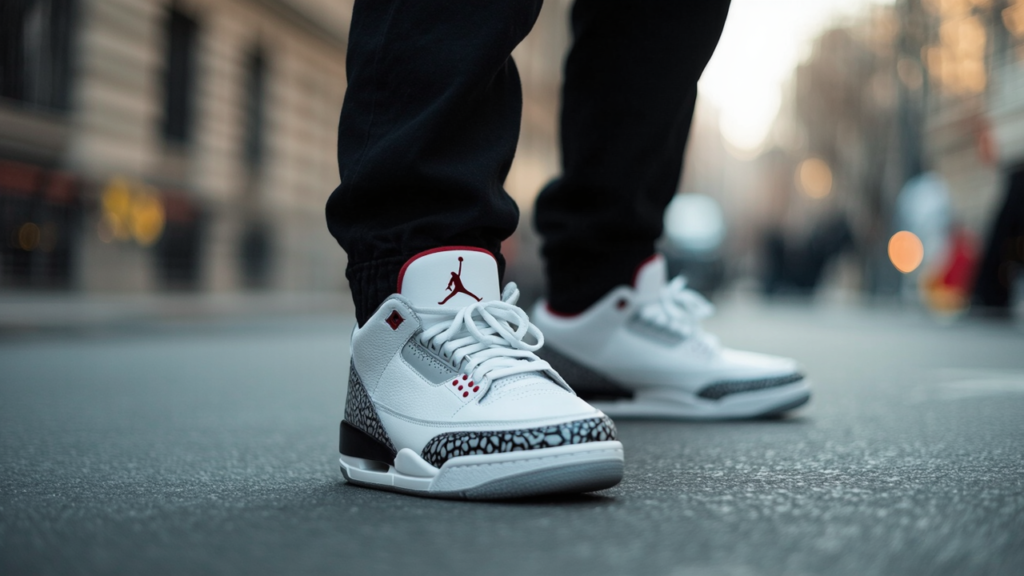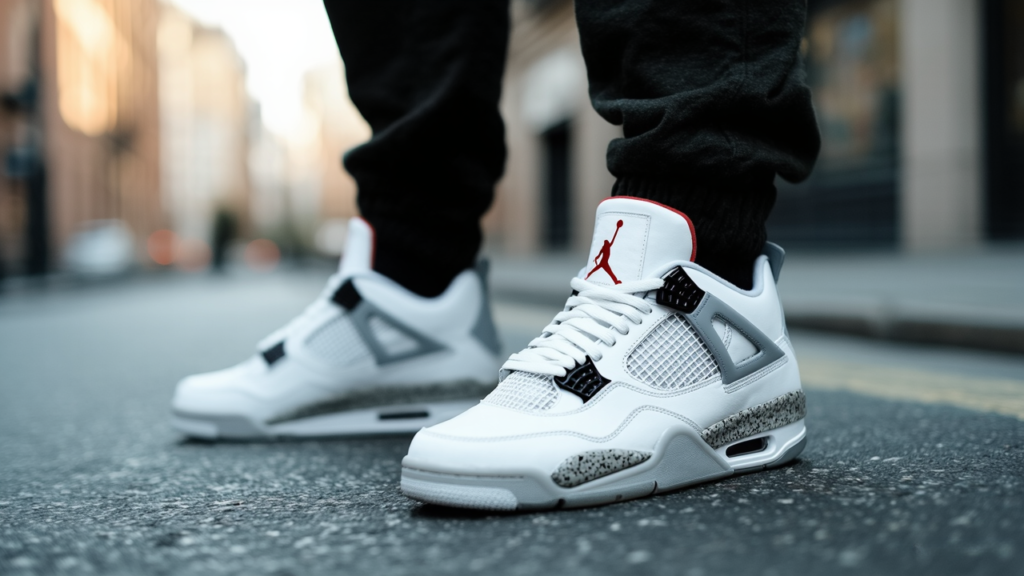Jordan 3s vs Jordan 4s: A Deep Dive Into Two Sneaker Icons
In the realm of sneakers, few models carry the weight and cultural legacy like the Air Jordans. Among them, the Jordan 3s and Jordan 4s are two standout silhouettes that not only defined eras but continue to influence today’s sneaker culture. Though similar in their heritage, these two models offer distinctive features, making the comparison both fun and essential for fans and collectors alike.
What Are Jordan 3s?

The Air Jordan 3 marked a turning point for the Jordan brand in 1988. As the first design by legendary designer Tinker Hatfield, it introduced iconic details like the elephant print overlays, visible Air cushioning, and the debut of the Jumpman logo on the tongue. Notably, the model ditched the large Swoosh seen on earlier editions, favoring a cleaner look with the Nike Air logo on the heel.
Designed for performance but wrapped in style, the Jordan 3 balanced sporty function and everyday wearability. From “White Cement” to “Black Cement”, its colorways have stood the test of time, making them essential in any sneaker rotation.
🔗 Top Jordan 3 Pick: Air Jordan Legacy 312 Fly
What Are Jordan 4s?

Following up on the success of the 3, the Air Jordan 4 hit the market in 1989, continuing the evolution of basketball performance footwear. Also crafted by Hatfield, it introduced functional upgrades like mesh side panels, wider lace wings, and visible Air units in both the heel and forefoot, making it a top-tier shoe for on-court comfort and support.
The Jordan 4 also gained pop culture fame through Spike Lee’s movie Do the Right Thing, which helped establish its status as more than just sportswear. The model combined technical features with bolder design cues, and special editions like the “Doernbecher” or “Do the Right Thing” are still hot commodities today.
🔗 Top Jordan 4 Pick: Jordan 4 Retro Where The Wild Things Are
Key Differences Between Jordan 3 and 4
Design Language
Jordan 3s feature a clean toe with lower toe boxes and use premium leather and elephant print for a sleek, fashionable look.
Jordan 4s have a chunkier build, mesh for ventilation, and plastic wings that allow customized lacing, giving a more rugged and tech-oriented aesthetic.
Comfort & Cushioning
Jordan 3s introduced the heel Air unit, but some users report a firmer midsole.
Jordan 4s took it further with Air units in both heel and forefoot, adding extra shock absorption and underfoot softness.
Toe Structure & Fit
Jordan 3s are known for a sleeker, narrower toe box.
Jordan 4s come with a slightly higher and roomier toe box, offering more space for wider feet.
Performance & Support
Jordan 3s are stylish and comfortable for casual wear but less sport-focused today.
Jordan 4s still hold up on-court due to their enhanced lockdown system and structured heel support.
Cultural Moments
Jordan 3: MJ wore them during the legendary 1988 Dunk Contest.
Jordan 4: Cemented by Spike Lee’s endorsement and iconic scenes in pop culture.
Where to Wear Each Pair?
Jordan 3s are great for streetwear looks, casual outings, and collectors seeking classic design with subtle luxury.
Jordan 4s work for lifestyle fashion, sports styling, and those wanting to make a bold visual impact with color blocking and accents.
Similarities
Despite the differences, the Jordan 3 and 4 share:
Tinker Hatfield’s design vision
Mid-cut build
No lateral Swoosh branding
Iconic status in sneaker history
Conclusion
Air Jordan 3 and Air Jordan 4 are timeless classics. Whether you prefer the understated elegance of the 3s or the more technical and expressive 4s, both serve as cornerstones of sneaker history. No matter your choice, you’re investing in more than just footwear—you’re wearing a story.

